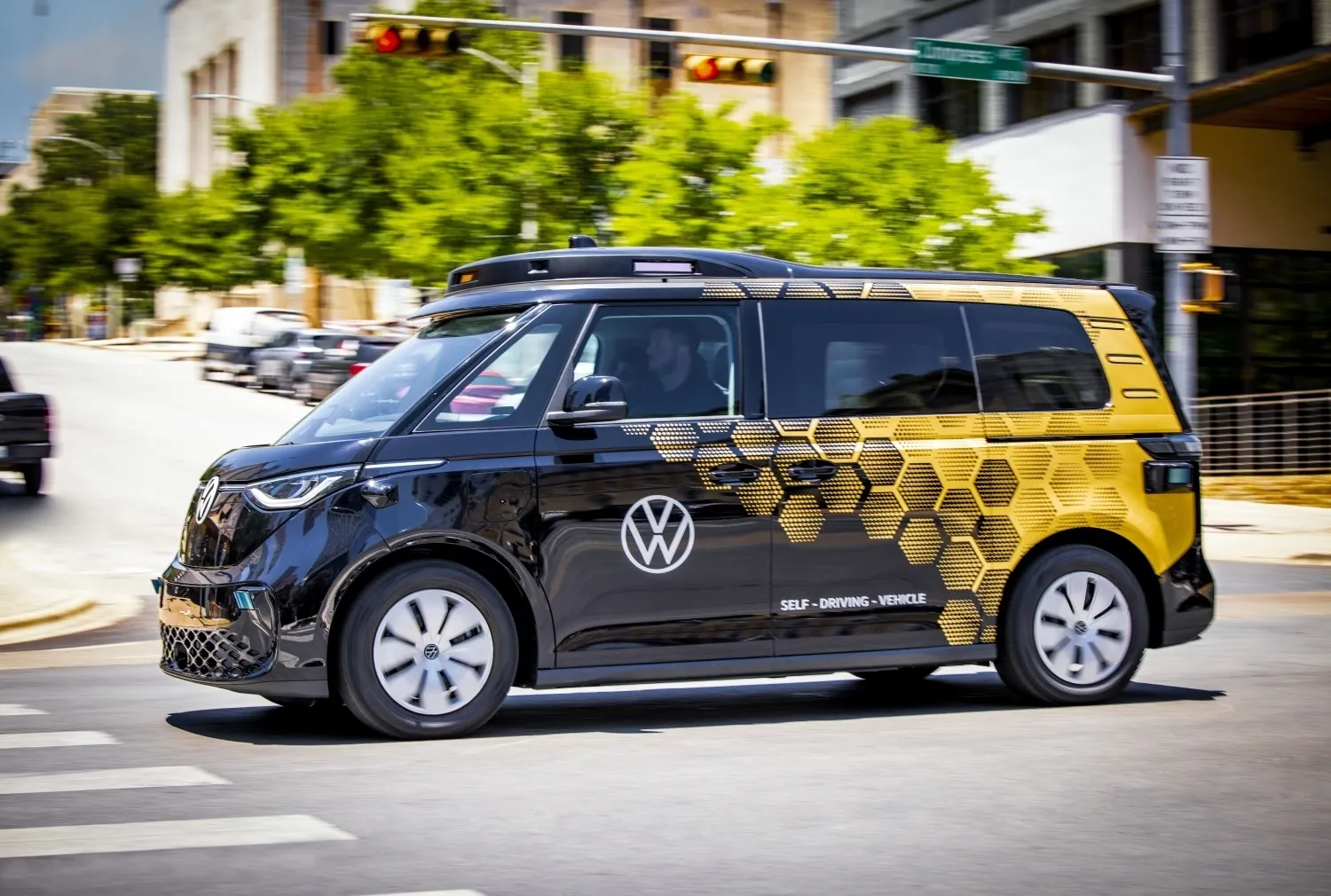The app allows users to access the company’s free-floating car-sharing service ‘Drive’ and its ‘Ride’ ride-hailing option.
For Drive, members can choose from a fleet of BMW, BMW I and Mini vehicles while paying by the minute, hour or day. Meanwhile, Ride offers a choice between an immediate, on-demand service or a scheduled pick-up from 20 minutes to up to seven days in advance.
Additionally, the solution’s destination bar allows members to select a mode of transportation based on the estimated time of arrival and price.
The company says functions such as Park & Keep and End Trip can be selected to park, return vehicles and end reservations directly from the app.
ReachNow’s car-sharing and ride-hailing app
BMW subsidiary ReachNow has integrated car sharing and ride hailing within its app in a bid to provide members in Seattle with an alternative to car ownership. The app allows users to access the company’s free-floating car-sharing service ‘Drive’ and its ‘Ride’ ride-hailing option. For Drive, members can choose from a fleet of BMW, BMW I and Mini vehicles while paying by the minute, hour or day. Meanwhile, Ride offers a choice between an immediate, on-demand service or a scheduled pick-up from 20 minutes
October 15, 2018
Read time: 2 mins








